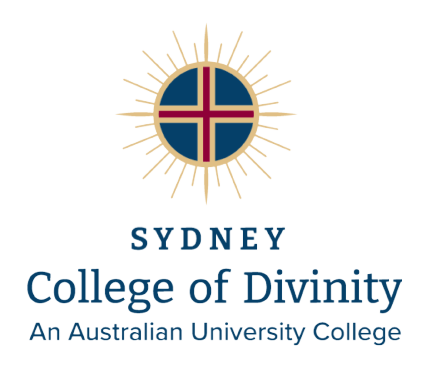H7395 – Coptic Art and Archaeology
Unit Code
H7395
Unit Name
Issues in Coptic Art and Archaeology (undergraduate)
Unit Weighting
9 Credit Points
Type of Unit
Foundational
Prerequisites, corequisites or exclusions
Nil
Academic Staff
Dr Ramez Boutros; License of Mediaeval Studies (P.I.M.S., Toronto 2010); PhD. (Strasbourg, 2002); Lecturer, University Toronto
Curriculum Objectives
This course is a survey of Coptic art, archaeology and architecture. Coptic monasteries were rich sites of many cultural exchanges as manifested in their architecture and religious art. In addition to the religious themes, the course will cover some aspects of the civil and daily life of the Copts: their houses, religious architecture, funerary monuments, art and artefacts.
Learning Outcomes
At the end of this unit students will be able to:
1. Categorize the different type of ancient churches plans, monastic buildings, and discover the techniques of construction known in the field of Coptic architecture
2. Visualise and distinguish the main characteristics of the Coptic Art and interpret its symbols
3. Identify important geographical regions of Egypt and their Coptic archaeological sites
4. Value the various Coptic artefacts applied on different media and interpret their function
5. Critically engage and interpret secondary sources and demonstrate adequate skills in the critical essays
6. Assess the relevance of the study of Coptic Art and Architecture for the contemporary ecclesial experience.
Content:
1. The construction of churches and monastic architecture in Egypt (from 4th to 12th century)
2. Christian Pilgrimage sites
3. Occupation and conversion of ancient Egyptian temples
4. Samples of Funerary Art and Architecture
5. Coptic archaeological excavation (different findings)
6. Iconography (Wall paintings, icons)
7. Architectural decoration
8. Manuscript Making
Weekly Syllabus:
Week 1 Political and Religious Chronology of Egypt. Terminology of Coptic Architecture
Introduction to course unit
Week 2 The Architecture of churches in Egypt (from the 4th to 12th century)
Origins of the Church plan, and typology of the architecture of Churches in Egypt
Week 3 Early Monastic Buildings
Brief introduction to the origins of monasticism and its different orders reflected in the early monastic architecture
Week 4 Early Christian Pilgrimage sites in Egypt
Traveling conditions and pilgrim expectations. Literary and archaeological sources
Week 5 Urban settlements and churches built inside Egyptian temple enclosures
Coptic Towns. Ancient Egyptian temples converted to Christianity
Week 6 Funerary Art and Architecture
Funerary Sculpture. The architecture and wall paintings in Coptic cemeteries
Week 7 Excavations of Coptic archaeological sites
The major old excavations of Coptic sites (early 20th century). Some recent excavations
Week 8 Coptic Ceramics
Introduction to the Coptic Pottery production and its decoration
Week 9 Coptic Art
Ambiguity in terminology. Origins and Characteristics of Coptic Art. Samples of application on various media
Week 10 Architectural decoration (stone and wood carving reliefs)
Week 11 Iconography (Wall paintings, icons)
Week 12 Manuscript Making
Worldwide Coptic Manuscript Collections in Museums and Universities; Coptic Manuscript in Monastery Libraries

